304 stainless steel flanges are a crucial connection method for pipeline construction. They possess excellent metallic properties and strong corrosion resistance, making them frequently used in steel structures. Also known as stainless and acid-resistant steel flanges, 304 stainless steel flanges offer a smooth metal surface that resists oxidation in air, making them popular in high-pressure water pipes and other corrosive pressure piping.
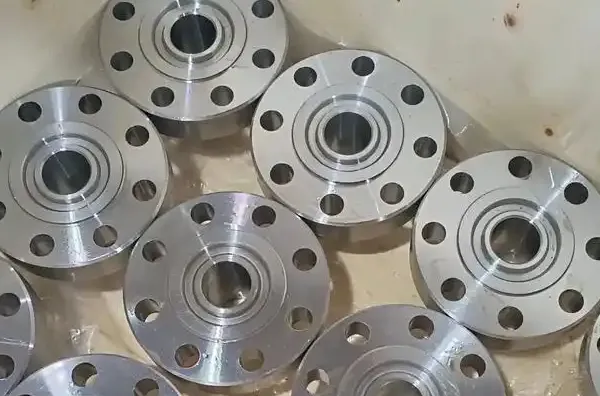
304 stainless steel flanges offer excellent performance.
First, as a metal material, they react with air in humid environments, altering their inherent properties. However, 304 stainless steel flanges react with oxidants to form a tough, dense, chromium-rich oxide protective film (Cr2O3) on their surface, effectively preventing further oxidation.
Other metal pipes, such as galvanized water pipes and copper pipes, have very low passivation capacity. This is the key reason why the corrosion resistance of
galvanized copper pipes is far inferior to that of stainless steel pipes. Regarding the corrosion resistance of 304 stainless steel flanges, unlike carbon steel, 304 stainless steel flanges do not corrode uniformly and do not require a protective coating.
304 stainless steel flanges are suitable for water pipes with no restrictions on the chemical composition of the water, as stainless steel exhibits excellent corrosion resistance in water with a wide range of oxygen content, temperature, pH, and hardness.
Stainless steel pipes can withstand high flow rates, maintaining an extremely low corrosion rate of no more than 0.003 mm/year even at flow rates exceeding 40 m/s. This makes them particularly suitable for high-rise building water supply.
The thermal expansion coefficient of 304 stainless steel flanges is similar to that of copper pipes, 1.5 times that of ordinary steel pipes. Compared to copper pipes, 304 stainless steel flanges exhibit slow thermal expansion and contraction.
What are the common disadvantages of 304 stainless steel flanges?
In the constant flow of modern industrial production, flange leakage is inevitable due to moderate corrosion, erosion, temperature, pressure, vibration, and other factors. Flange leakage can easily be caused by improper sealing surface dimensions, aging of sealing elements, and improper installation and securing. If flange leakage is not promptly addressed, it can rapidly escalate, leading to material loss and environmental damage, halting production, and incurring significant financial losses. If the medium involved is toxic, hazardous, flammable, or explosive, serious accidents such as poisoning, fire, and explosion can occur.
Traditional methods for addressing flange leakage involve replacing the sealing element and applying a sealant, or replacing the flange and piping. However, these methods have significant limitations, and some leaks cannot be addressed on-site due to the need for a safe working environment. Currently, polymer composites can be used for on-site plugging, employing a more mature and advanced system. This is an ideal solution, especially for flammable and explosive applications, where it demonstrates its unique advantages. Polymer composite technology is simple, safe, and low-cost. It can resolve most flange leakage issues, eliminating safety hazards and saving companies significant maintenance costs.






 English
English Español
Español بالعربية
بالعربية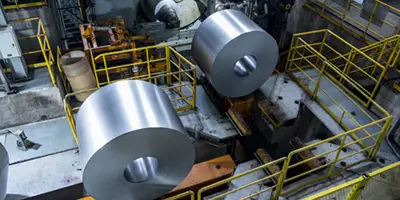
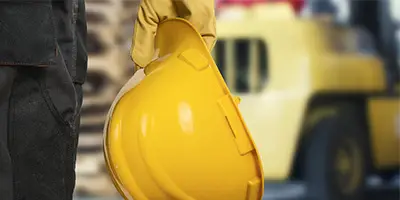
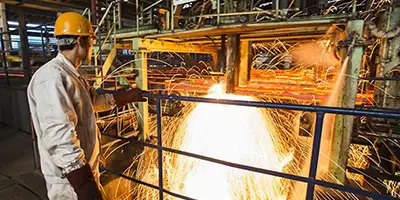
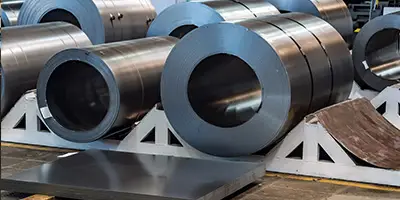

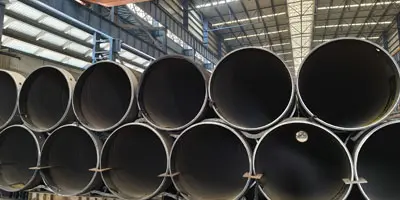

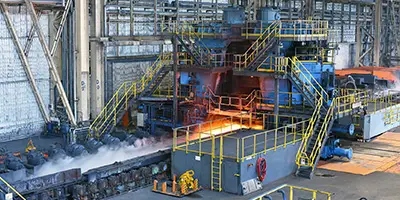
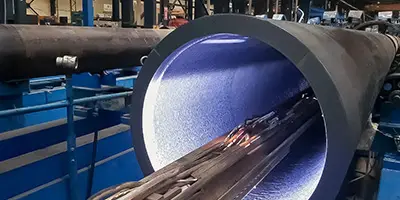
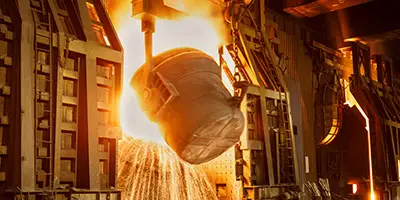
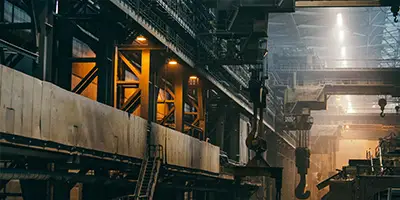

 Phone :
Phone :  Whatsapp :
Whatsapp :  Email :
Email : 


